I drive a 2004 Honda Civic that my husband and I purchased new, not long after we moved to California. All this winter and spring, I watched the odometer as it rolled toward 100,000. I have never lived with a car for so long, and never for its entire “first” 100,000 miles.
And the past five years have been eventful. Some highlights of the journey: ten different residences; toting belongings on a cross-country move to New York and, five months later, toting everything back to California; three employers plus concurrent theater work and graduate school; marital separation and reconciliation, heartbreak and depression, and recovery from it all; impromptu road trips to L.A., Oregon, and many solitary drives on local back roads and along the coast; and, in the midst of everything, the passing of my father.
Thinking about this particular 100,000 miles, there are so many new friends, accomplishments and reasons to celebrate, as well as some to memorialize and to release. Marking the beginning of the next 100,000 miles also seemed like a mindful way to be open to all the possibilities “down the road” (sorry, just give me this one).
I began to be excited the week that the car hit 99,800 because I realized that the odometer would change on a Friday on my way home from work (if I took a scenic route). I often drive to the towns of Tomales and Dillon Beach because I love the beauty of the the open land, the ranches, and the coastal views. I thought it would be amazing if the car hit 100,000 at the beach, which seemed possible and poetic…to land on 100,000 on the edge of the continent.
I left work and drove through the hills of western Marin County. I stopped briefly in Tomales at a beautiful little graveyard that I like to visit, and then arrived at Dillon Beach at mile 99,988. I considered looping back, just to try to make the mileage at the beach, but that seemed dishonest. I decided to head home and planned to stop wherever the odometer turned and take a picture of the site (if it was safe to pull over, of course).
As I approached the Bodega Highway and Route 1 intersection, I started to laugh: I had figured that the site would likely turn out to be of a random piece of land along the highway, but as I turned east toward the town of Bodega the odometer hit 99,999. I turned right toward the Bodega schoolhouse, inched up the hill and watched as the odometer turned to 100,000, and stopped the car. There is no way I could have planned it, nor will I ever forget exactly where it occurred. It was framed perfectly, too…
And if you don’t immediately recognize the site of the beginning of my mile 100,001:

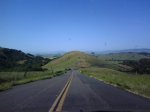





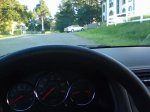
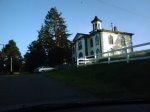
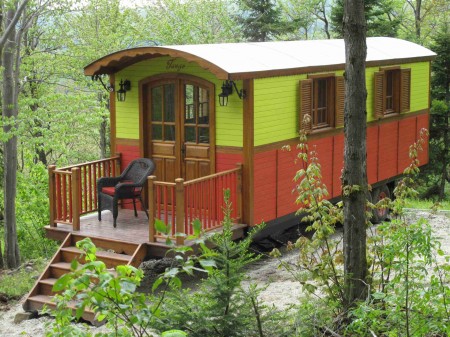

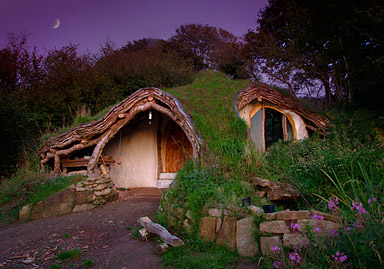
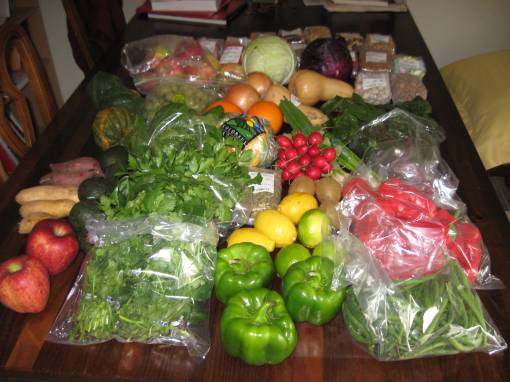
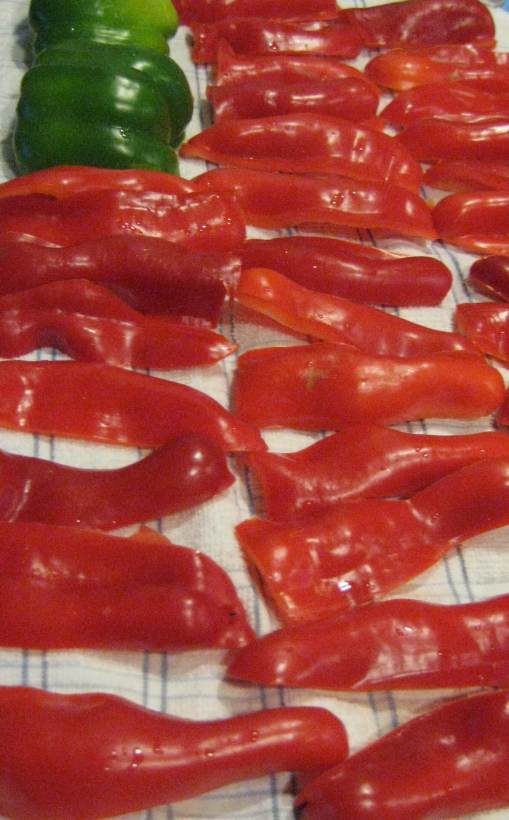 So I spent all of the afternoon before Thanksgiving (and into Thanksgiving day, as well) washing, cutting, and storing vegetables and herbs. In the week and a half since then, my roommate and I have used all the fresh things, and I take pleasure in being able to pull a ziploc full of clean, ready-to-use cilantro from the freezer when making guacamole.
So I spent all of the afternoon before Thanksgiving (and into Thanksgiving day, as well) washing, cutting, and storing vegetables and herbs. In the week and a half since then, my roommate and I have used all the fresh things, and I take pleasure in being able to pull a ziploc full of clean, ready-to-use cilantro from the freezer when making guacamole.